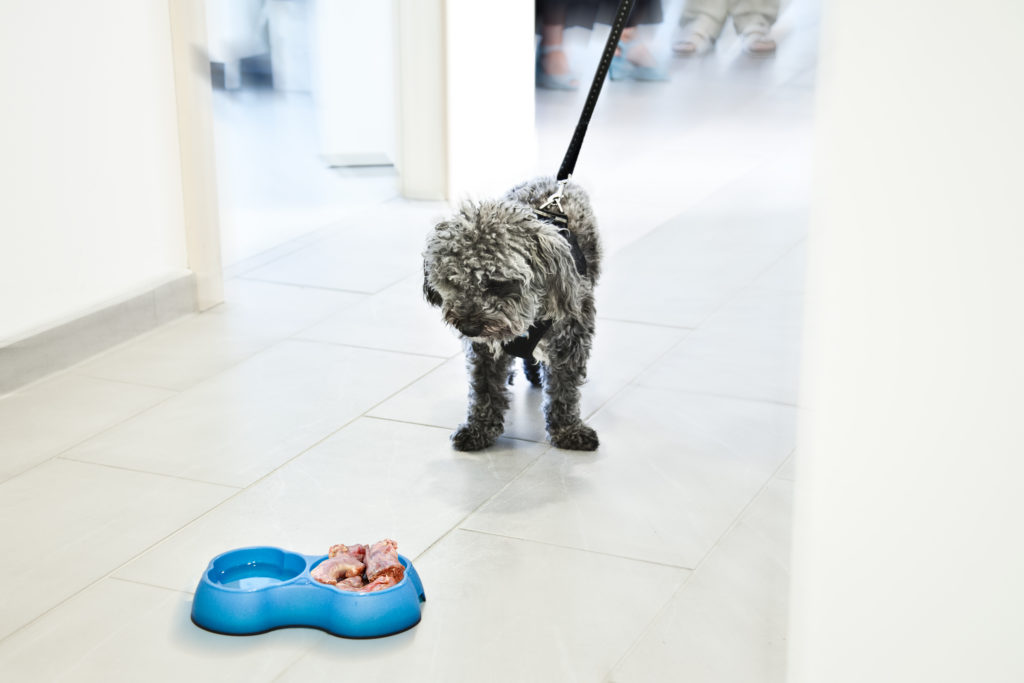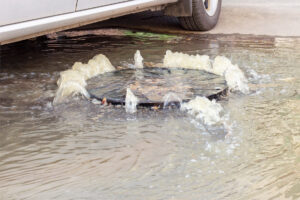We receive cries for help from people who are stuck in a tricky situation with their IoT project almost every day. But do not worry! As hopeless the situation may appear, Microtronics helps you get your IoT or M2M project back on track.
One of the most seen mistakes is the assumption that EVERYTHING must always be ONLINE. Far from it! With our tips you can bring our project back on track or prevent you from the beginning to stick on the hard way.
Monitor the measured values and raise alarm if necessary!
It is not always necessary to provide brand-new data online. Usually it is enough to transfer the data once a day. However in the case of overstepping or fall below a defined threshold, the data are immediately required. The device must have the intelligence to detect such limit violations, generate an alarm, initiate an immediate transmission and maybe even reduce the measuring interval.
Decrease the number of data transmissions!
Each transmission requires an enormous amount of energy. The energy for a transmission is thereby many times higher than the recording and processing of the data. It is advisable to store the data between and accumulated it. Especially with battery or rechargeable battery powered devices. As a result the energy requirement can be reduced by 450 times as soon as the data are available compared to the immediate transmission.
Save the data temporarily in internal flash memory on the device!
The data are only deleted from the internal memory when they are proven to have arrived at the server. Several data sets are recorded and stored temporarily together. Following that, the data records are compressed, encrypted and transmitted collected to the server. In case of slight differences between the data records, the efficiency of the compression increase with the transmission block size. This method reduces the data volume, the energy consumption and the duration of the transmission.
Think carefully which data you want to record!
It is advisable to record only those data that is necessary for the implementation of the application and not all that are available.[1] This reduced both: the required data volume as well as the duration of the transmission. Both have a positive effect on the energy consumption.
Software updates must be easy to implement!
Updates must be able to be distributed over-the-air (OTA) on single or multiple devices at the same time with little effort. With OTA updates, settings as well as software and firmware updates are wirelessly transmitted to the device for example via a GSM connection. OAT updates represents a convenient and cost-effective way to modify your application at any time and adapt it to market conditions or customer requirements.
You have to think about where you place the intelligence!
It is important to consider which data must already be processed locally on the device in order to implement a timely and appropriate response to an event and which data can only be processed on the server.[2] Evaluations and trend analyzes can only be created on the server, as the whole information and the necessary resources are only available there.[3] During the transport of blood clots and organs, on the other hand, a temperature alarm must be reactivated immediately. You cannot wait for the next scheduled transmission to the server[4]
Rescue is approaching
Are you aware of one or even several of these challenges? Microtronics rescues your IoT/M2M project! Contact us now!
Write an email at office@microtronics.at or give us a call +43 2756 77180
Literature list
- ↑ Porter, M. E., & Heppelmann, J. E. (2014, November). How Smart, Connected Products Are Transforming Competition. Harvard Business Review, S. 81
- ↑ Porter, M. E., & Heppelmann, J. E. (2014, November). How Smart, Connected Products Are Transforming Competition. Harvard Business Review, S. 78-79
- ↑ Dawid, H., Decker, R., Hermann, T., Jahnke, H., Klat, W., König, R., & Stummer, C. (2016). Management science in the era of smart consumer products: challenges and research perspectives. Central European Journal of Operations Research. https://link.springer.com/article/10.1007%2Fs10100-016-0436-9
- ↑ Porter, M. E., & Heppelmann, J. E. (2014, November). How Smart, Connected Products Are Transforming Competition. Harvard Business Review, S. 78




